M-125 Fialka-electromechanical wheel-based cipher machine USSR rotor-based cipher machine M-125, codename Fialka (Russian: ??????), was an electromechanical wheel-based cipher machine, developed in the USSR shortly after WWII. It was first introduced in 1956 and soon became one of the favorite machines of the Warsaw Pact and some allied nations, such as Cuba. The machine is similar to the American SIGABA, the KL-7 and, to a lesser extend, the Enigma. For this reason the machine is sometimes referred to as the Russian Enigma. The original M-125 was succeeded by the M-125-3M in the mid-1960s and remained in use until the early 1990s. The machine has 10 cipher rotors, each with 30 contacts at either side. Adjacent rotors move in opposite directions. In addition, the machine has a card reader in which a new punched key card was installed on a daily basis. In addition, it has a printer, a tape reader and a tape puncher. Each country of the Warsaw Pact had its own customized Fialka version, adapted for the local language. This means that each country had its own keyboard and print head. Furthermore, the wiring of the coding wheels is different for each country. The rest of the machine is identical. Fialka M-125-3 with open lid Most machines can be used for messages in Latin and Cyrillic (Russian) writing. Although the Latin alphabet was different for each country, the Cyrillic alphabet had no punctuation marks and was identical on all machines, making them interoperable when a mutual set of wheels was used. A standard – Russian-only – version also existed. It was used by local USSR services like the KGB. The fall of the Berlin wall in 1989, marked the decline and led to the collapse of the Soviet Union. with the retreat of the Russians from the countries behind the Iron Curtain, the remaining Fialka machines were taken back and have subsequently been destroyed. Fortunately, some machines have miraculously escaped demolition, which enables us to present some details here. Fialka is a Russian word that means violet ; a rather nice small flower. Around 1956, the Russian Army introduced a brand new cipher machine, which was given the codename FIALKA. Two basic versions of the machine are known to exist: M-125 and M-125-3M, with country-specific variants of each model. In principle, the machine is called M-125, whereas Fialka is the name of the cipher procedure. However, as most people call the machine Fialka, we have used that name throughout this website as well. Here are two examples. The one on the left is a basic M-125. The older M-125 and the later M-125-3 side by side (Polish versions shown here) The design of the Fialka is clearly based on the well-known Enigma machine, that was used by the German Armed Forces during WWII. Like the Enigma, it uses electromechanical cipher wheels to scramble the letters typed on the keyboard. with each key-press, the wheels move into a new position, thereby effectively changing the wiring and, hence, the alphabet substitution for each letter that is entered. And that's where the similarity with the Enigma ends. Rather than presenting the output on a lamp panel, the Fialka prints the coded letter directly onto a paper strip. At the same time it can punch the letter into the same paper tape in a 5-bit digital code, much like the baudot code of a teletype machine. In addition, Fialka is equipped a paper tape transmitter that can be used to transmit or duplicate a message. During WWII, the Russians have clearly learned from the flaws in the Enigma's design and its operating procedures, as they have implemented the following improvements: 10 wheels, rather than 3 or 4 on the Enigma, More frequent wheel turn-overs, Adjacent wheels move in opposite directions, Wheel wiring can be changed in the field (from 1978 onwards), A punched card is used to replace the Steckerbrett, A letter can be encoded into itself (impossible on Enigma). In addition to this, the following extra features are available: The use of letters, numbers and punctuation marks (M-125-3 only), Possibility to duplicate a punched-paper tape, Suitable as a standard teletype machine (in plaintext mode), Supports both Russian (Cyrillic) and Latin alphabets. Models Two basic models of the machine are known. They are often referred to as the old model and the new model. Furthermore, country-specific variants were made for each country in which the M-125 was used. For the old model, this involved the wiring of the cipher wheels, but for the new model, this also involved the layout of the (language-dependent) keyboard and the print head
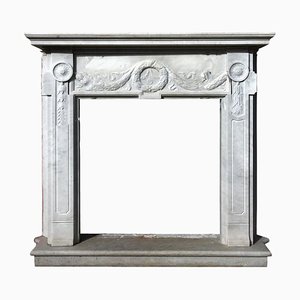

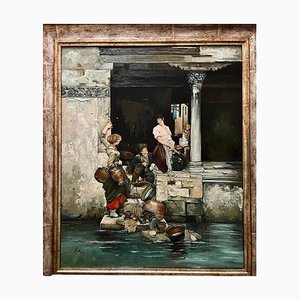

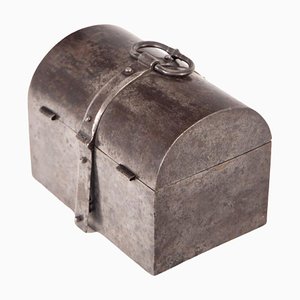




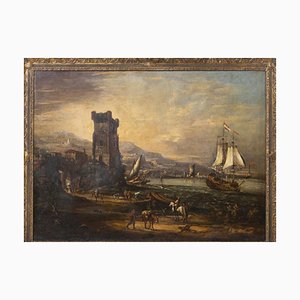
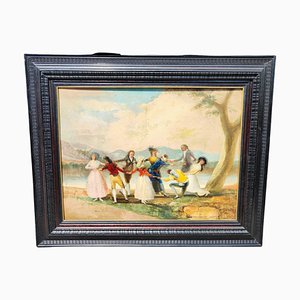
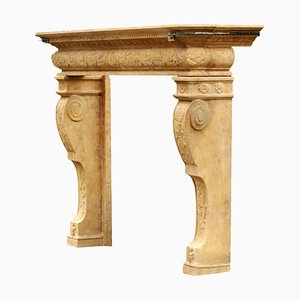
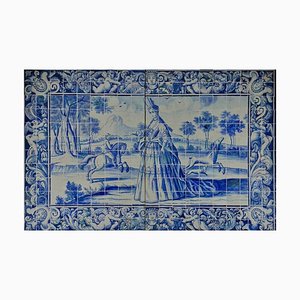


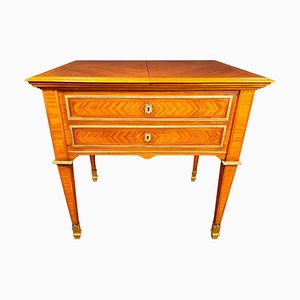

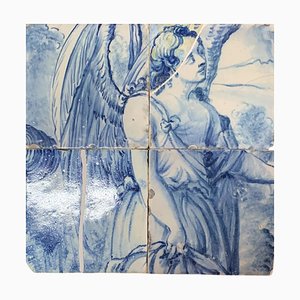
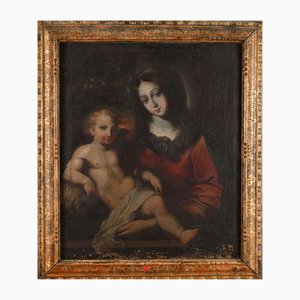

Get in Touch
Make An Offer
We noticed you are new to Pamono!
Please accept the Terms & Conditions and Privacy Policy
Get in Touch
Make An Offer
Almost There!
To follow your conversation on the platform, please complete the registration. To proceed with your offer on the platform, please complete the registration.Successful
Thanks for your inquiry, someone from our team will be in touch shortly
If you are a Design Professional, please apply here to get the benefits of the Pamono Trade Program